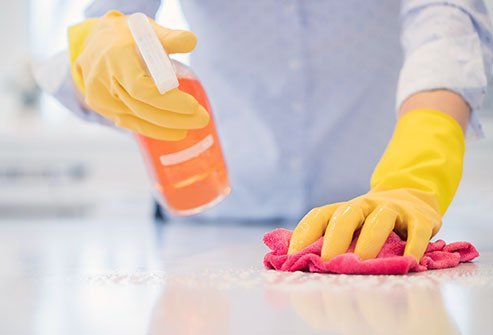Burn: First-Degree Burn
What is a first-degree burn?

A burn is one of the most common injuries that happens in homes, especially among children. Depending upon their depth, burns have been classified into three types: first-degree burns, second-degree burns, and third-degree burns.
A first-degree burn is the most minor form of burn and it usually heals within a week. It happens when the source of heat has come into contact with your skin for just a fraction of a second. It is generally caused when
- You accidentally touch a hot surface such as a hot pan.
- Your skin is exposed to the sun for a long time resulting in sunburn.
- You are shortly exposed to a more intense source of heat such as an explosion.
- You get an electric shock and the area that was in contact with the electric surface gets burned (but the internal damage is greater).
Since a first-degree burn affects only the superficial or the outermost layer of your skin (epidermis), this type of burn is also referred to as a superficial partial-thickness burn. These types of burns are more common in children who out of curiosity and unknowingly touch hot surfaces.
What are the signs and symptoms of a first-degree burn?
Signs and symptoms of a first-degree burn and their duration vary from person to person. These include
- First-degree burns develop a pink or red color.
- They are painful and remain so for 48 to 78 hours.
- Depending on the amount of time since the injury occurred, there may be minor edema of the burned area.
- The skin is soft and blisters are usually absent.
- The skin usually remains unbroken and hence, infection is rare.
- There may be peeling of burned skin (superficial exfoliation) but the skin is usually normal within three to five days.
- The burned area heals without any residual scarring.
How is a first-degree burn treated?
A first-degree burn can usually be self-treated at home. Treatment may include
- Running the minorly burned skin under cool, running tap water.
- Applying petroleum jelly twice to three times a day if it’s a very minor burn.
- Holding a wet cloth soaked with cold water (cold compress) to the skin (to ease the pain).
- Applying antiseptics creams that include Polysporin or Povidone-Iodine (Betadine) to help prevent infection. Avoid neomycin.
- Using over-the-counter oral medications such as acetaminophen or ibuprofen to reduce pain and swelling.
- Applying creams to decrease pain; for example, local anesthetic such as lidocaine (Xylocaine) cream.
When should you see a doctor for a first-degree burn?
It becomes vital to consult a doctor if the burn worsens or fails to improve within seven days of the injury.
Take your child to the doctor if they are less than two years old and have suffered a first-degree burn.
There are certain areas of your body that require a visit to the doctor even in case of a first- degree burn. These are
- Face: Even a minor burn on the face carries a risk of disfigurement.
- Groin: Applying dressings to the burned area may become difficult.
- Hands: Burned areas may make you unable to carry out even simple tasks.
- Feet: Burned areas heal slowly.
What are the possible complications of a first-degree burn?
The skin color of the burned area may become lighter or darker. The complications of a first-degree burn are usually rare except for a low risk of infection .
How can you prevent first-degree burns?
It is possible to prevent most first-degree burns by following certain precautions. These include
- Turning down the temperature on your water heater to 125 degrees Fahreinheit.
- Using sunscreen before you venture out to avoid sunburn and then reapplying it every three hours.
- Placing pots and pans on the back burners while cooking.
- Installing grounded electrical sockets.
- Unplugging appliances that are not in use.
- Install smoke alarms/detectors in your home.
- Changing the batteries in your smoke detectors twice a year.
- Keeping a dry chemical fire extinguisher at home. Learn how to use it and teach other family members in your home how to use it as well.
- Getting the wiring in your home checked by an electrician at least once every 10 years.
